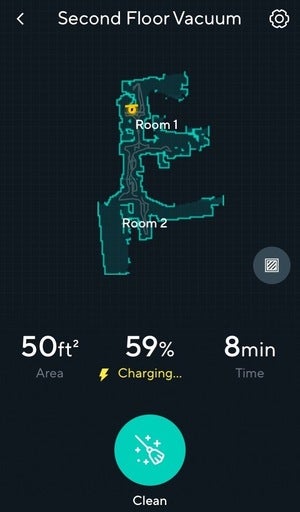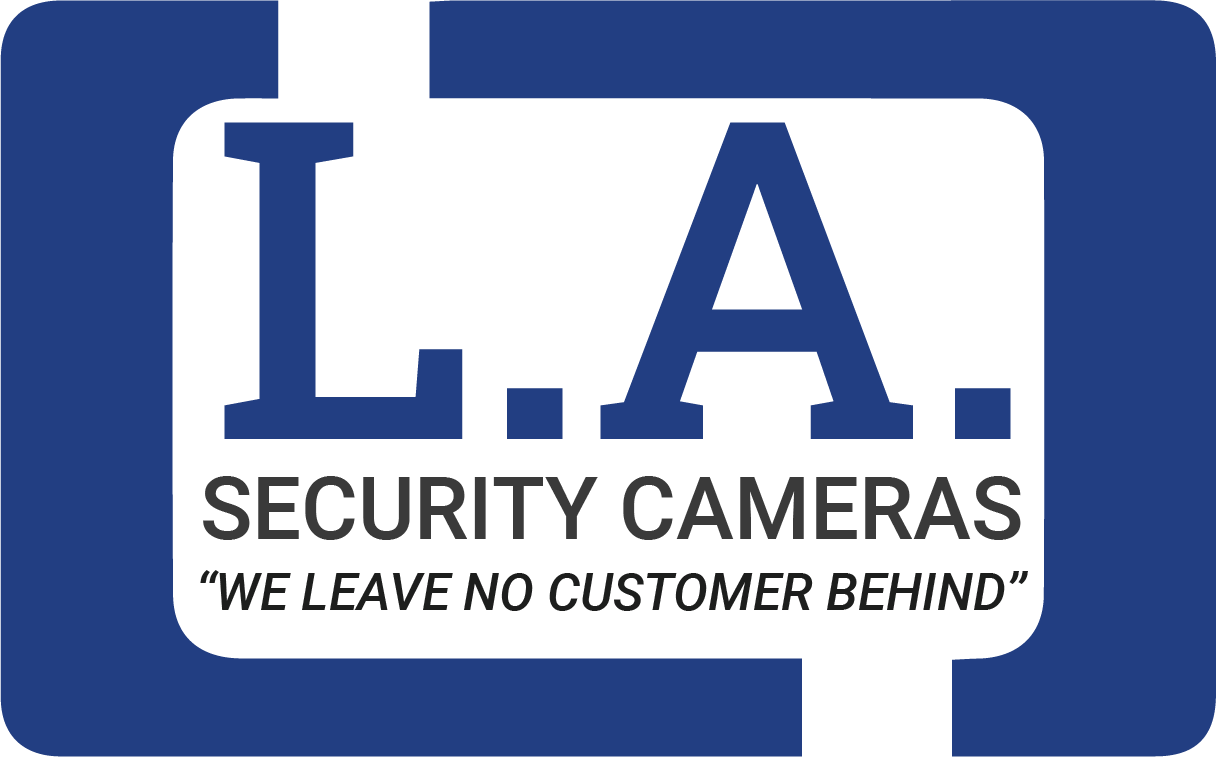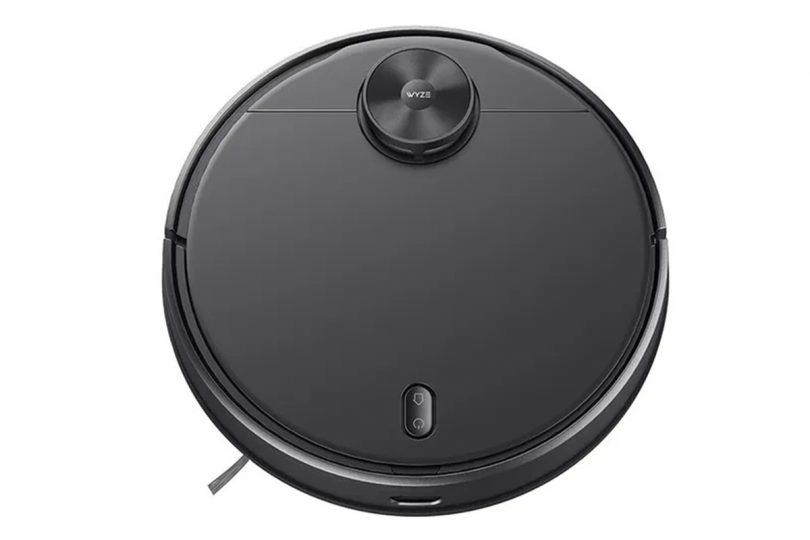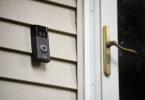[ad_1]
Wyze Labs first blew our minds a number of years in the past with its $20 house safety digital camera. The Wyze Cam, now in its third iteration, mixed subtle options, stable efficiency, and a ridiculously low value. That established a precedent the corporate has since prolonged to an array of good house merchandise, together with a $50 thermostat, $60 noise-cancelling headphones, a $100 smart lock, and a smart sprinkler controller with a price ticket that’s 1/3 of its nearest competitor. Wyze Labs brings that very same worth proposition to a way more crowded market with the Wyze Robotic Vacuum.
Wyze delivers a raft of top-shelf options not sometimes accessible in finances robotic vacuums. Its LiDAR (Mild Detection and Ranging) sensor, for instance, permits it to construct an editable ground map of your area. That’s sometimes a perk of robotic vacuums within the $400 to $800 vary, such because the Proscenic M7 Pro and the Roborock S6 Max V. Similar goes for its capability to part that map into a number of rooms and dispatch the vacuum to any considered one of them.
This review is part of TechHive’s coverage of the best robot vacuums, where you’ll find reviews of the competition’s offerings, plus a buyer’s guide to the features you should consider when shopping for this type of product.
The vacuum measures 13.8 inches across and 3.7 inches high—a bit on the tall side due to that LiDAR turret. A cover on top of the vacuum lifts so you can remove the dustbin. On the bottom are a rubber-and-bristle roller brush and a single spinning edge brush. Three suction levels—quiet, standard, and strong—allow you to adjust strength to the job at hand.
 Wyze
WyzeThe vaccum’s turret houses the LiDAR sensor for mapping but also makes it tough to get under low-profile furniture.
Like other Wyze products we’ve tested, the robot vacuum has a fairly turnkey setup. After you attach the edge brush, you plug in the charging dock, set the vacuum against it, download the Wyze app, and create or log in to your account. Once you select the vacuum from a list of Wyze devices, you’re asked to press and hold the robot’s power and home buttons to initiate a Wi-Fi connection. The app prompts you through the steps from there until the vacuum is connected to your network. Even with a couple of firmware updates, the whole process took me about 5 minutes.
The first time you run the vacuum, the bot’s LiDAR sensor scans the room to build a map. You can watch this in progress in the Wyze app and see the vacuum’s path displayed as a squiggly white line. When the map is completed, the app takes a stab at dividing the layout into rooms. In my case, it read my two upstairs bedrooms as one large room and labeled the map accordingly. I was able to correct it using the map’s “split” feature. This drops a resizable divider on the map, and once you place it and hit the “OK” button, it automatically divides the map into multiple rooms and renames them. By default, rooms are called “Room 1,” ‘Room 2,” and so on, but you can change these to proper names.
You can also add virtual walls to a map to prevent the vacuum from entering particular spaces. Tapping the square icon on the main map screen adds a red box that appears on the map, which you can then move and resize to prevent the vacuum from entering that area.
 Michael Ansaldo/IDG
Michael Ansaldo/IDGThe Wyze app divides your floor plan into rooms after it maps the space.
The Wyze robot cleaned quickly and thoroughly in my tests. By default, it cleans the whole room until it’s finished, and because it had mapped the layout of my upstairs level, it was able to plot an efficient path through it. It cleaned in a methodical up-and-down pattern and maneuvered well around obstacles such as chairs and table legs.
It also easily transitioned from carpet to hard floor and over the thresholds between them (Wyze says the vacuum can cross heights up to 0.8 inches). The only issue I encountered was it getting wedged under a dresser when its LiDAR turret couldn’t clear the bottom. Each time I was alerted with an app notification, and all I had to do was free it and press its power button to resume the cleaning job. If this becomes an issue for you, I’d recommend establishing a no-go zone at the edge of the low furniture it’s having trouble with.
After each job, I found the dustbin full of the usual culprits: dust, pet hair, tracked-in dirt, and stray food crumbs. The vacuum easily sucked up all of these, even on the lowest suction setting. Results will vary depending on the size of your home and the frequency of your cleaning, but with daily vacuuming of my condo, I only had to empty the dustbin once per job.
The Wyze app is well-designed and easy to use. You can initiate cleaning by tapping the “clean” button on the main screen. This screen also displays the floor map and real-time cleaning stats. In the settings menu, you can set cleaning schedules, select suction levels, view cleaning records, and track the life of the vacuum’s consumables, including its two brushes and HEPA filter.
For all that Wyze Labs packed into this vacuum, there are a couple of notable omissions. There’s no support for Amazon Alexa or Google Assistant, so you can’t control the vacuum with your voice using one of those service’s smart speakers. And there are no specialty cleaning modes, such as spot or edge cleaning. I missed the cleaning modes more than the voice control, but neither should be a deal-breaker at this price, especially considering the likelihood that both could be added in future firmware updates. Even without those features, Wyze again delivers on its ethos to provide advanced smart features at a rock-bottom price, and that makes this robot vacuum easy to recommend.
[ad_2]
Source link







